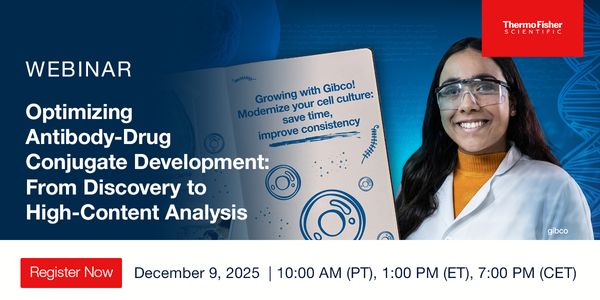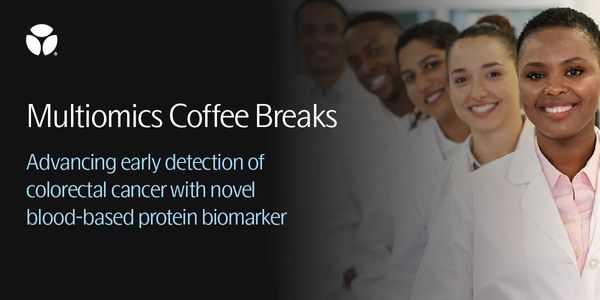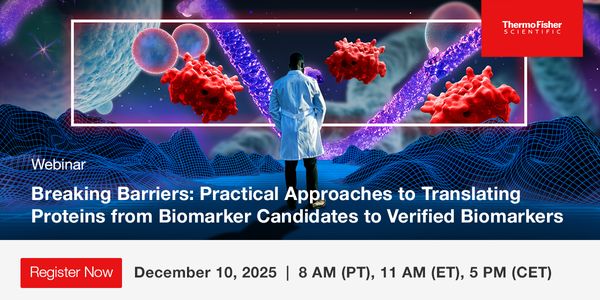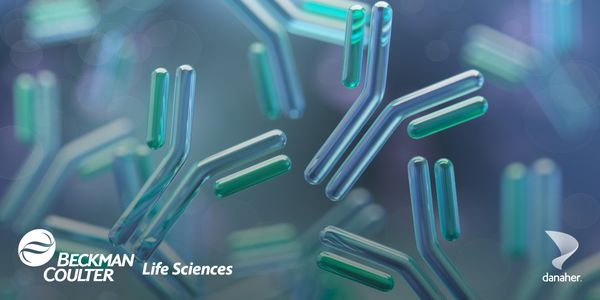Lactate-driven metabolic adaptation modulates breast cancer progression
The Warburg effect or aerobic glycolysis is a well-known cancer metabolism phenomenon and serves as an established test for tumor detection with FDG-PET scanning technology. Cancer cells switch from oxidative phosphorylation, which can produce up to 38 ATP per glucose molecule, to aerobic glycolysis, which produces 2 ATP per glucose molecule. That apparent wasteful switch led to the hypothesis that lactate, the byproduct of glycolysis, may play an active role in cancer pathophysiology. Recent discoveries have demonstrated the co-existence of oxidative and glycolytic cancer cells in several tumor types which arise during tumor development. The metabolic heterogeneity is thought to arise as a consequence of distinct environments during tumor growth contributing to formation of O2, pH, and nutrient gradients. The environmental pressures may promote an adaptive metabolic response for cell survival in regions with low energy substrates, low pH, and hypoxia. To exploit substrates available in the immediate tumor microenvironment, selected cell populations acquire the ability to produce energy and biomass components via adaptive pathways. Understanding the mechanisms that allow metabolic adaptation to nutrient stress is essential, both to our knowledge of tumor pathophysiology and to the implementation of effective therapies including those that target cancer metabolism. To determine the ability of extracellular lactate in the tumor microenvironment to bypass the effects of nutrient stress, we screened breast cancer cell lines for ability to survive in the presence of lactate under nutrient stress induced by glucose and glutamine depletion. Unbiased metabolomics analysis uncovered an adaptive metabolic program for utilization of lactate during nutrient stress conditions in breast cancer. Independent of subtype, a subset of breast cancer cell lines can uptake and metabolize lactate through conversion to pyruvate and flux into the TCA cycle to generate NADH and ATP. a-Ketoglutarate from the TCA cycle is converted to glutamate and glutamine for glutathione production. Oxaloacetate from the TCA cycle and directly from pyruvate enters into reverse glycolysis producing glycine for glutathione production and glucose-6-phosphate to drive the pentose phosphate shunt (PPP) providing NADPH, to counteract toxicity from reactive oxygen species, as well as fuel purine nucleotide synthesis. Thus, lactate allows breast cancer cells to survive nutrient stress by generating energy, reducing potential, amino acids, and nucleotides. The highest lactate-sufficient breast cancer cell lines demonstrated complete lactate metabolism and required induction of reverse glycolysis. Hence, reverse glycolysis may provide an unexpected therapeutic target for cells under nutrient stress.






